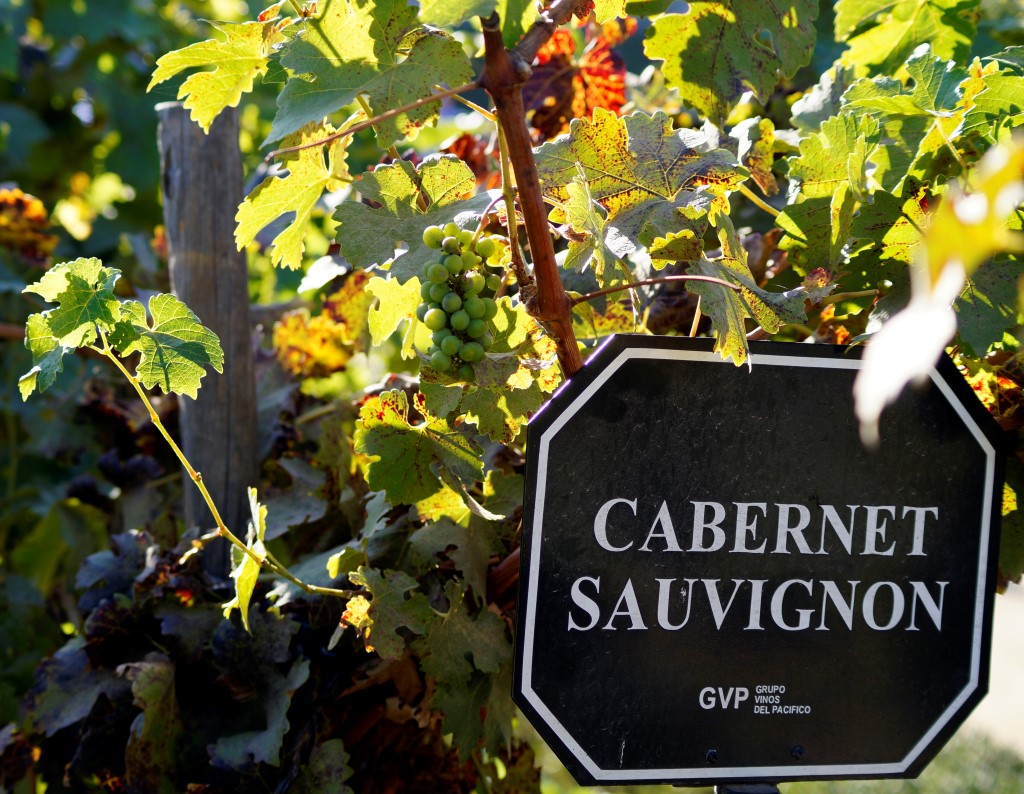A new algorithm developed by a Johns Hopkins computer scientist could revolutionize the way scientists look at genes.
A team of 17 scientists led by Michael Schatz told the JHU Hub that the open-source software creates a clearer picture of an organism’s DNA. The results were published in the journal Nature Methods.
From the JHU Hub:
The development of the two algorithms, FALCON and FALCON-Unzip (which are available free to the public), Schatz said, is analogous to the move from a primitive telescope “that can only see the closest, brightest objects in the sky, to the Hubble space telescope that can dramatically improve the resolution to see things that are much more distant and in much greater focus.”
The team analyzed the DNA of three different samples. Showing they can relate to something we all need, one was the wine grape Cabernet Sauvignon.
The algorithms provided a more complete picture of the genomes than was previously possible. Along with a better understanding of the grape’s DNA, that could also mean good wine is more plentiful.
“The new genomic information that will be generated with this approach will accelerate the development of new disease-resistant wine grape varieties that produce high-quality, flavorful grapes and are better suited to environmental changes,” Dario Cantu, a University of California, Davis plant genomicist who led the grape sequencing effort, said in a statement.
Before you go...
Please consider supporting Technical.ly to keep our independent journalism strong. Unlike most business-focused media outlets, we don’t have a paywall. Instead, we count on your personal and organizational support.
3 ways to support our work:- Contribute to the Journalism Fund. Charitable giving ensures our information remains free and accessible for residents to discover workforce programs and entrepreneurship pathways. This includes philanthropic grants and individual tax-deductible donations from readers like you.
- Use our Preferred Partners. Our directory of vetted providers offers high-quality recommendations for services our readers need, and each referral supports our journalism.
- Use our services. If you need entrepreneurs and tech leaders to buy your services, are seeking technologists to hire or want more professionals to know about your ecosystem, Technical.ly has the biggest and most engaged audience in the mid-Atlantic. We help companies tell their stories and answer big questions to meet and serve our community.
Join our growing Slack community
Join 5,000 tech professionals and entrepreneurs in our community Slack today!

The person charged in the UnitedHealthcare CEO shooting had a ton of tech connections

From rejection to innovation: How I built a tool to beat AI hiring algorithms at their own game

Where are the country’s most vibrant tech and startup communities?



